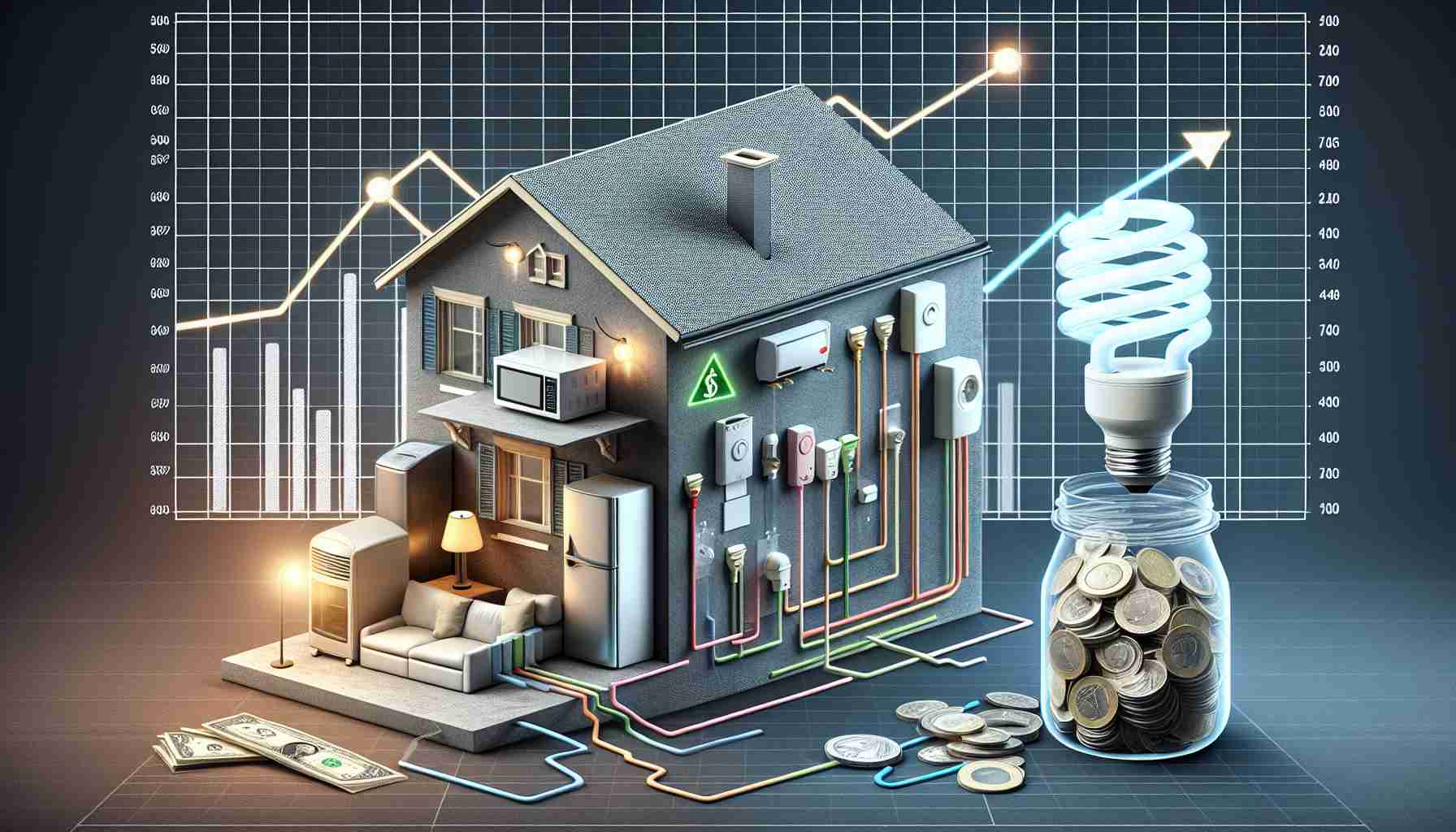Planning Smart Energy Usage
Today’s energy prices are influenced by various factors that affect households’ electricity bills. It is essential to understand the fluctuation in prices to make informed decisions about energy consumption. By analyzing the price trends, households can adjust their energy usage to save money.
Optimizing Appliance Usage
The key to saving on electricity costs lies in optimizing the use of appliances during off-peak hours when prices are lower. By scheduling activities such as laundry or dishwashing during periods of cheaper electricity, households can significantly reduce their energy expenses. Being mindful of energy consumption patterns can lead to substantial savings in the long run.
Peak Hours Awareness
It is crucial for consumers to be aware of peak hours when electricity prices surge. During these peak periods, it is advisable to minimize the use of high-consumption appliances to avoid hefty bills. Understanding when electricity prices peak allows consumers to make strategic decisions about their energy usage habits.
Efficient Energy Management
By actively managing energy consumption patterns and adjusting daily routines accordingly, households can achieve significant savings on their electricity bills. Making small changes, such as using appliances during off-peak hours and being cautious during peak price periods, can make a notable difference in overall energy costs.
Conclusion
By staying informed about energy price fluctuations and adapting energy consumption behaviors accordingly, households can take control of their electricity bills and save money. Implementing smart energy usage practices based on pricing patterns can lead to more efficient energy management and long-term cost savings.
Understanding Energy Consumption Patterns to Save Money
In the realm of energy consumption, there are various important questions that arise when aiming to save money on electricity bills. One crucial question is: How do different seasons impact energy consumption patterns? Seasonal changes can have a significant effect on energy usage, with heating and cooling needs fluctuating throughout the year.
Another key inquiry is: What role do smart meters play in understanding energy consumption patterns? Smart meters provide real-time data on electricity usage, enabling consumers to monitor their consumption more accurately and identify opportunities for cost savings.
Challenges and Controversies
One of the main challenges associated with understanding and managing energy consumption patterns is the lack of awareness among consumers about peak hours and pricing structures. Without this knowledge, households may inadvertently use more energy during high-cost periods, leading to increased bills.
A controversial aspect of energy consumption patterns lies in the debate over the benefits of time-of-use pricing. While this pricing structure can incentivize consumers to shift their energy usage to off-peak hours, some argue that it may disadvantage certain households, especially those who are unable to adjust their routines accordingly.
Advantages and Disadvantages
An advantage of understanding energy consumption patterns is the potential for significant cost savings over time. By being mindful of when to use high-consumption appliances and adjusting daily routines based on pricing trends, households can effectively lower their energy bills.
However, a disadvantage of focusing solely on energy consumption patterns is the risk of sacrificing comfort or convenience in the pursuit of cost savings. Striking a balance between energy efficiency and everyday living needs is essential to ensure a sustainable approach to managing energy consumption.
For further insights on energy consumption trends and money-saving tips, visit EnergySavings.com. This authoritative source provides valuable resources to help consumers make informed decisions about their energy usage and optimize cost-effective practices.
